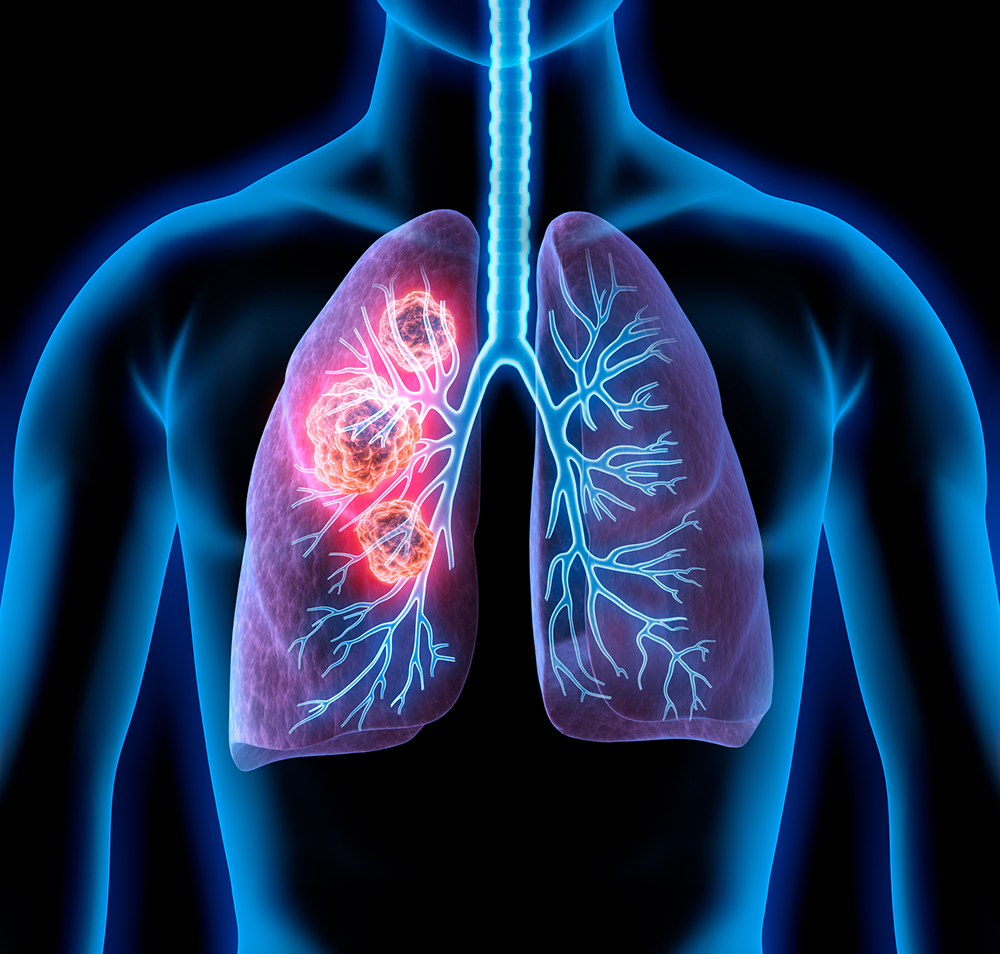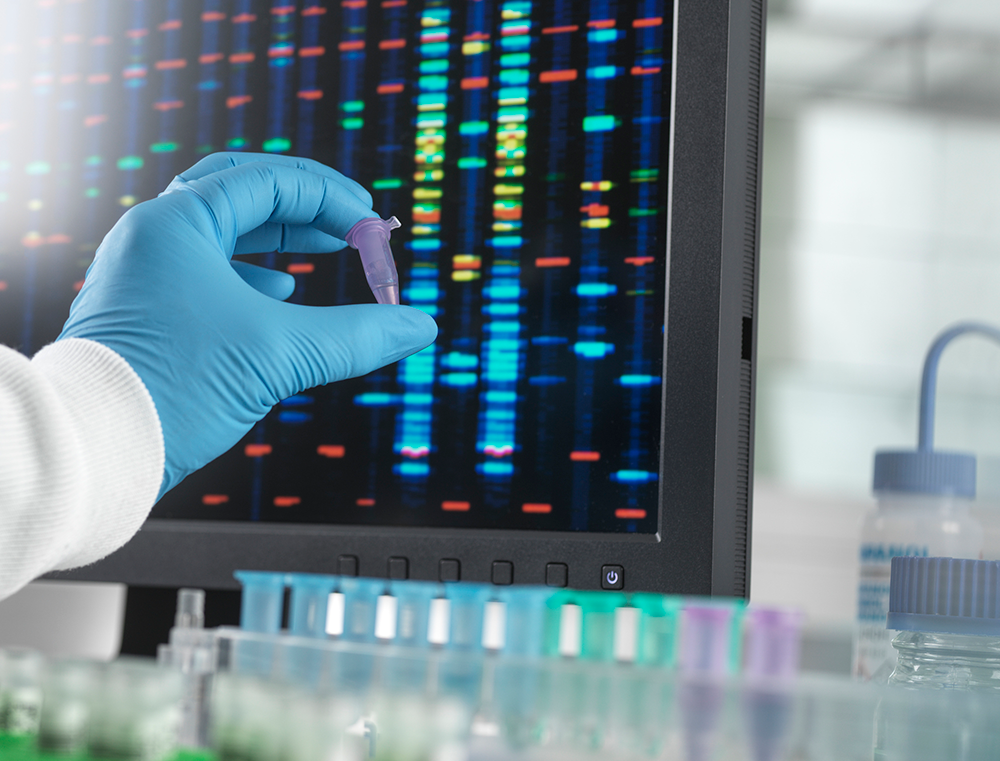This content is courtesy of Mayo Clinic, the No. 1 hospital in the nation according to U.S. News & World Report. Minnesota Oncology is a member of the Mayo Clinic Care Network. This relationship provides us with access to information, knowledge and expertise from Mayo Clinic.
HPV plays a role in causing most cervical cancer. Cervical cancer occurs in the cells of the cervix, the lower part of the uterus that connects to the vagina.
"While it isn't clear what sparks the cervical cells to change their DNA, it is certain that HPV plays a role," says Kristina Butler, M.D., a Mayo Clinic gynecologic oncologist.
HPV is the most common sexually transmitted infection in the U.S. "Over 85% of the general population has been exposed," says Dr. Butler. "Most people with HPV never develop cervical cancer."
Screening tests and the HPV vaccine can help prevent cervical cancer from developing. "Cervical cancer rates in the U.S. have dropped dramatically, thanks to Pap smears and HPV testing," says Paul Magtibay, M.D., a Mayo Clinic gynecologic oncologist.
If you have a cervix, here’s what you can do to reduce your risk of developing cervical cancer:
1. Talk to your health care professional about the HPV vaccine.
The HPV vaccine offers the most protection when given before a person becomes sexually active. The Centers for Disease Control and Prevention recommends the HPV vaccine for routine vaccination at age 11 or 12 and everyone through age 26 who was not previously vaccinated.
Adults 27 to 45 who were not vaccinated should discuss the HPV vaccine with their health care professional.
"The HPV vaccination can now be given to all adults up to age 45," says Dr. Butler. "After cervical precancer or even HPV exposure, the vaccine provides benefits. We have good evidence to support this. At Mayo Clinic, we recommend HPV vaccination even after cervical cancer."
2. Get routine screening as recommended by your health care professional.
Screening tests can help detect cervical cancer and precancerous cells that may one day develop into cervical cancer.
Screening tests include:
- Pap test. A Pap test, or Pap smear, is usually done in conjunction with a pelvic exam. During a Pap test, your health care professional scrapes and brushes cells from your cervix, which are then examined in the lab for abnormalities. A Pap test can detect abnormal cells in the cervix, including cancer cells and cells that show changes that increase the risk of cervical cancer. Health care professionals generally recommend beginning Pap tests at age 21 and repeating them every three to five years for women 21 to 65.
- HPV DNA test. In women older than 30, the Pap test may be combined with the HPV DNA test, which involves testing cells collected from the cervix for infection with any of the types of HPV that are most likely to lead to cervical cancer. Sometimes, the HPV test may be done instead of a Pap test.
Talk to your health care professional about the screening tests and schedule that are best for you.
Catching cervical cancer early gives you a greater chance for a cure. "We aim to detect cervical cancer as early as possible," says Dr. Butler. "Early-stage cervical cancer has much improved survival and reduced recurrence."
3. Practice safe sex.
"HPV is spread by skin-to-skin contact, often during sexual encounters," says Dr. Butler.
Having sex at an early age increases your risk of HPV, and the more sexual partners you have, the more likely you are to contract HPV. Having sex with a partner who has had multiple sex partners also increases your risk.
Reduce your risk of cervical cancer by taking measures to prevent HPV and other sexually transmitted infections by limiting the number of sexual partners you have and using a condom every time you have sex.
"It only takes one sexual encounter to contract HPV," stresses Dr. Butler.
4. Don’t smoke or plan to quit smoking.
According to the American Cancer Society, people who smoke are more likely to get cervical cancer than those who don’t. Researchers believe tobacco byproducts, which have been found in the cervical mucus of smokers, may damage the DNA of cervix cells, which can contribute to the development of cervical cancer. Smoking also weakens the immune system's ability to fight off infections, including HPV.
If you don't smoke, don't start. If you do smoke, talk to your health care professional about strategies to help you quit.




